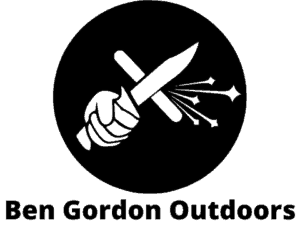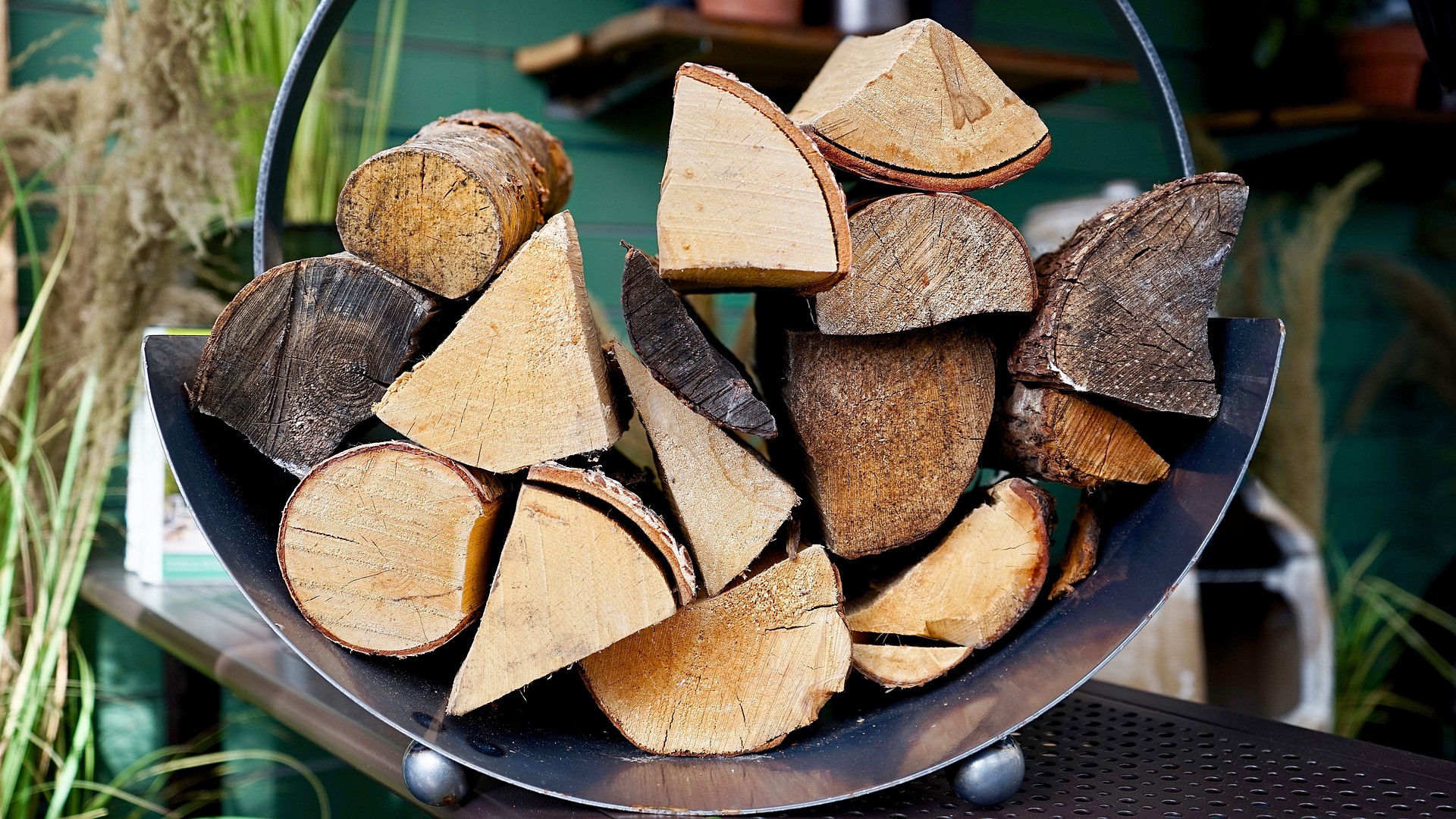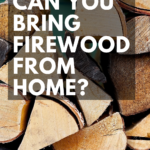I grew up a summer camp kid, and then a summer camp counselor. Many of my fondest memories from my years at camp revolve around the campfire, and there’s nothing quite so relaxing as sitting around one at home, or on a camping trip.
Given that most established campsites consist of a place to pitch a tent or park an RV, a picnic table, and a fire ring, I think it’s safe to assume most people agree that the fire is a central part of camping.
Most campgrounds sell good quality, seasoned firewood, but unfortunately many seem to have taken up the movie theater business model: sell the main ticket cheap, and charge like crazy for every add-on.
Given the high prices many campgrounds charge for firewood, it can be very tempting to bring wood from home. Unless you’re camping just down the road, it’s a bad idea to bring your own wood all the way from home while camping. But you can try getting permission to gather wood near your campsite, or look to purchase firewood from a local dealer near the campground to avoid high prices.
Table of Contents
How Far Can You Transport Firewood?
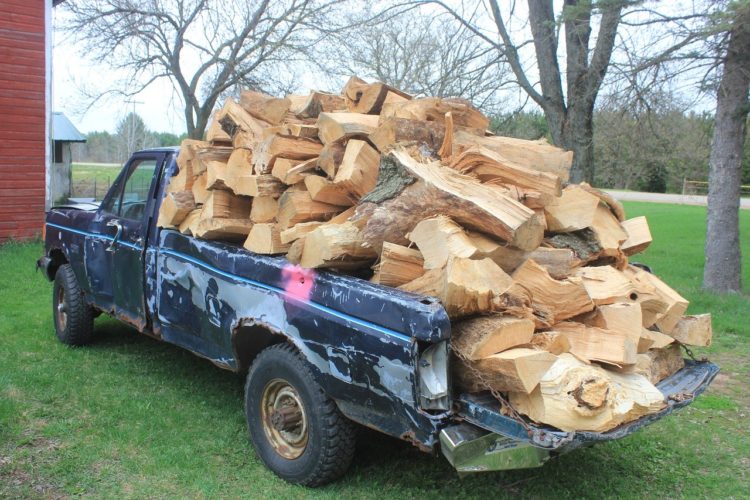
Everyone has heard of some damaging invasive species or other, but unfortunately many would-be campers are not aware of the devastating effect moving firewood can have on the forests they love.
A wide variety of pests can be spread into new areas by moving firewood, including the Emerald Ash Borer, Asian Gypsy Moth, and the fungus that causes Dutch Elm Disease to name just a few.
Firewood logs can harbor larvae or spores in the wood or under the bark, and transporting wood gives those pests a free ride to new areas. ForestPests.Org has a veritable horror show of their effects on forest ecosystems, if you want to take a look at the damage they can cause.
According to dontmovefirewood.org, you should try to restrict moving firewood to less than ten miles.
You need to make responsible choices on your firewood sources, but that doesn’t mean you’re stuck paying campground prices.
Safe Wood Dealers
Many of the pests firewood can harbor are killed off or thoroughly inactivated by the heat of kiln drying ovens.
Some states, like Wisconsin, issue licenses and certificates to firewood dealers selling wood that has been deemed safe for transport more widely. Their wood is safe to take with you camping.
Local Firewood Dealers (Offsite)
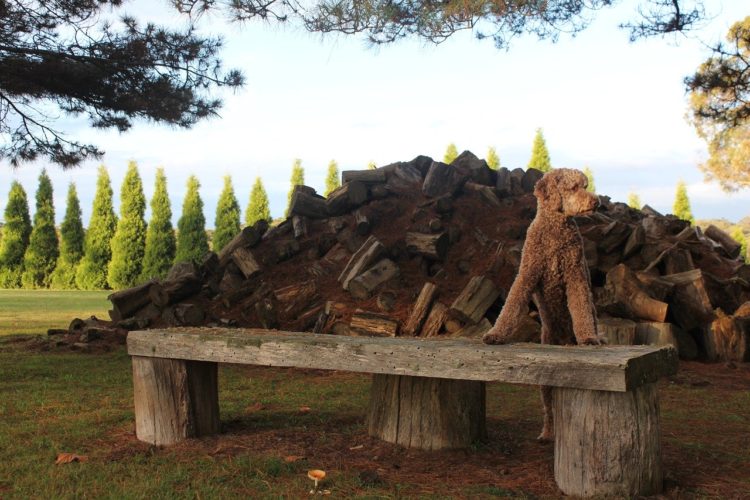
A second option is to buy wood nearby your campground, from a local dealer off-site. In my area, I’ll keep an eye out for hand-painted signs advertising cheap firewood when I get close to the campground. I
t’s often much more reasonably priced from small local dealers than from the gas station, or at the campsite.
Gathering Onsite (WITH PERMISSION ONLY)
The last option only works sometimes, but is the cheapest when it does. Some campground areas are perfectly okay with you picking up windfall logs within the campground.
I frequent one county park that has a lot of trees come down each winter, and if I go out in early spring, the rangers almost always agree to let me scoop downed trees for firewood. Never gather wood onsite without express permission.
Whenever you’re gathering wood to burn immediately, you’ll want to grab the driest wood you can find. Check out my article on Finding Dry Wood for my top tips on where to look.
I always bring along a saw and hatchet for processing downed wood into burnable firewood when I go camping, just in case I can get permission. Those tools also come in handy to split down large firewood to make kindling and tinder.
Recommended Firewood Tools (all links take you to Amazon):
- Packable Saw – use to cut wood to length, mostly for gathering downed wood:
- Modern Backpacker Option – Folding Saw – the Silky GomBoy is a little saw built like a jack-knife. It can rip through 8″ diameter logs in under a minute, and its aggressive teeth work great on both green and dry wood. Quicker to deploy than the Sven Saw, making it great for paddlers.
- Classic Backpacker Option – Sven Saw – Sven Saws highly packable bow saw equivalents. The two-part frame and saw blade all stash down into one part of the frame, and assemble into a very comfortable saw.
- Car Camping Option – Panel Saw – Ordinary workshop tools work just fine for camping, they’re just a little heavy. Car campers can get by great with normal saws, just make sure you grab something with coarse teeth, like the Irwin Marathon, for a quick and dirty cut.
- Hatchet – best for splitting down kindling, can also cut to length and limb downed trees:
- Backpacker Option – Hults Bruk Almike – For when weight matters. This is my favorite tool. It feels great in the hand, and cuts and splits with ease, all while staying much lighter than most other hatchets.
- Car Camping Option – Husqvarna 13 in Wooden Handle Hatchet – same great quality, but a little more weight, and a much lower price tag. Only a little more expensive than what you would get at the hardware store, but much, much better made.
- Fixed-blade knife – ideally a Scandinavian grind, for easily shaving thin shavings off wood:
- Morakniv Companion – Scandinavian grind knives have huge primary bevels, and no secondary bevel. The aggressive wedge shape they form makes it very easy to index the bevel of the knife on wood and peel fine shavings off, and makes it very easy to sharpen.
- Block Plane – great for fixing sticky doors, you can also use it to make some really great thin curlicue shavings effortlessly:
- Cheap Option – Restore a Classic – All my fine woodworking tools are from garage sales, thrift and antique stores, and flea markets. Try to grab something in decent condition, a little surface rust is okay. Shouldn’t cost more than $10.
- Buying New – Block Plane – the Stanley 6-1/4″ Contractor Grade is way more functional as a tool than the slightly cheaper homeowner option, and works great on firewood too. Just a few passes will result in a big pile of dry fine wood shavings.
How much Wood Does a Campfire Burn?
Many factors play in to how much wood you’ll need for a camping trip, but a good baseline is two bundles per night.
I’m not sure if there’s some agency telling firewood dealers how big bundles are meant to be, but in my experience, those bundles are almost always about one cubic foot of wood. If you happen on smaller or larger bundles, adjust accordingly.
My baseline of two bundles per night is based on having the campfire going for about four hours, from a little before dinner until maybe ten o’clock at night.
You’ll need to adjust how much wood you need based on a number of factor:
- Burn Duration
- Time of Year – the sun sets earlier in winter
- Bed time – later means more wood
- Just Evening vs All Day – I only burn at night, but some campers like to have a fire smoldering all day long
- Fire Size
- Height – taller fires burn wood much faster than shorter ones
- Base Size – increased spread of the fire doesn’t burn as much extra wood as taller fires do
- Usage
- Cooking – cook fires don’t burn up fuel as fast
- Warmth – bright, hot fires burn faster
Again, start with a baseline of about two bundles of wood per night. Because it’s not great to transport wood over long distances, I usually try to undershoot how much wood I need, and bring a few small bills to purchase a little more on-site if I need to.
Wood you acquired locally and don’t burn should be left behind at the site for the next camper.
With that in mind, you can often score some free firewood left behind at a few neighboring sites if you check in early in the afternoon, before the sites fill up.
